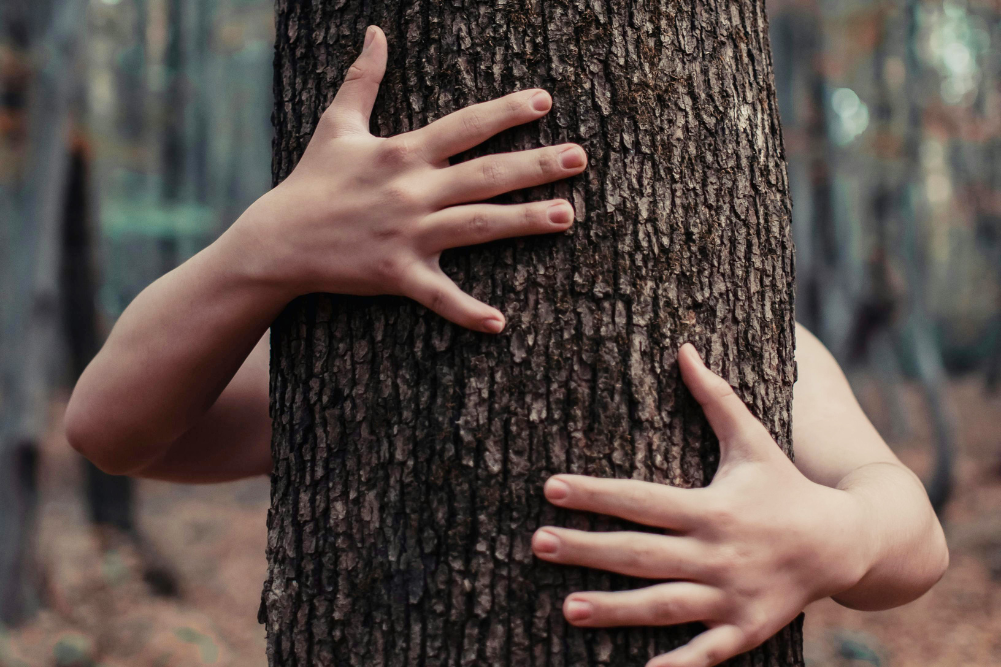Ever thought about keeping bees? Learn the ins and outs of backyard beekeeping
Bees. Are they your friends or foes? If bees are your friends, thank you; you’ve realised the integral part they play in ensuring we continue to have the food we love in the future. If you’re not that keen on bees, I hope this article will change your mind. My appreciation of bees certainly tripled after attending The Urban Beehive’s Beginner Beekeeping Course in Sydney.
Did you know that bees are responsible for 70–80 per cent of the food on our plates? Really think about that for a moment: you’ve just placed a succulent lamb roast in the middle of the table. Your side dishes are honey-drizzled baby carrots, crispy white potatoes, crunchy green beans and juicy roast beetroot. The smell is so overwhelming that you’re salivating, along with your family, who are all gathered around the table to join you for this Sunday feast. Before you begin carving the lamb, you crack a bottle of red wine and make a toast; you’re thankful for the delicious, healthy food and you bring the glass to your lips.
Now let’s imagine if the bees weren’t invited to dinner. Instead of a lamb roast, you’re serving wind-pollinated plants like rice or barley. With it, maybe a few sides of corn and soybeans and you can forget about that bottle of red! You haven’t any vegies to dish up because vegetables require bees for pollination. How? I hear you ask.
Well, when a bee collects nectar and pollen from a flower, some pollen from the stamens (the male reproductive organ of the flower) sticks to the hairs of the worker bee’s body. When she visits the next flower, some of this pollen is rubbed off onto the stigma (the female reproductive organ of the flower). When this happens, fertilisation becomes possible and fruits and vegetables can form, then eventually their seeds.
We watched in awe as a fluffy, adorable bee hatched from its cocoon and wriggled its wings unsteadily for the first time.
Without bees pollinating our food, we’d be hungry, unhealthy and unhappy humans. We need these critical flying insects to survive, as I found out on a Sunday morning at Sydney’s stunning Centennial Parklands.
I was sitting in a classroom sharing a plate of fruit with eight other keen beekeepers. We were listening to urban beekeeping legends Doug Purdie and Vicky Brown cover in-depth how to successfully keep bees in your backyard or on your rooftop. Flicking through a slideshow filled with pictures, videos and beekeeping tips and tricks, Purdie touched on the different types of diseases that can affect bees, such as the small hive beetle, stonebrood, American foulbrood and mites. In detail, he shared how to maintain a healthy hive and what to do when disease strikes.
Did you know that bees operate a harmonious and highly organised ecosystem? They also make decisions collectively and democratically. Together, they decide what the queen bee will produce next, either a drone bee (male), a worker bee (female) or another queen. Not only that, but every bee pulls their weight: there’s a caretaker bee, who flies dead bodies roughly one metre away; a group of guard bees man the front of the hive to make sure intruder bees aren’t trying to steal honey; then there are the bee chefs, who are mixing pollen with nectar to make delicious “bee bread” and nurse the bees feeding this bread to the larvae. I could go on. Brown was so full of interesting bee facts and her passion for beekeeping was instantly contagious.
Next, we got suited up in white, full-length, hooded bee suits and leather gloves and practised lighting bee smokers, devices used to calm bees. Placing different types of wood shavings and pine needles into the smoker, we puffed the hand-held essential beekeeping tool a few times until a grey and thick stream of smoke appeared. After a few more demonstrations, we were ready to venture into the apiary.
At Sydney Parklands they have six hives, including a Flow Hive and a Langstroth. Each hive has more than 60,000 bees, which produce around 50kg of honey per year. Gathering us around a hive, Brown lifted off the outer and inner cover and we all peered inside. I carefully gave the smoker a few puffs over the tops of the honey supers, or trays, and the bees began to disappear inside.
We took turns in removing a tray each and checking for diseases, eggs, larvae and honey and, hopefully, the queen. We worked our way down the hive, opening up the queen excluder and looking into the brood box. We watched in awe as a fluffy, adorable bee hatched from its cocoon and wriggled its wings unsteadily for the first time.
Then, something wonderful and rare happened. We saw the queen! Brown excitedly shared that the queen has a longer body, roughly one-and-a-third times that of the female worker bee and may lay as many as 400,000 eggs in the course of her two-year lifespan.
Walking back to the classroom with huge smiles on our faces, we chatted cheerfully about our first apiary visit. To finish, Purdie explained how to spin the honey we harvested and gave us each a little jar to take home.
Now, as I look at the nature reserve next to my house, I know exactly where I’d place my hive and how to keep my bees happy. You might not be ready to keep a beehive yourself, but you can still help to keep our precious bees alive. Next time you’re in the garden, plant lavender, daisies, flowering gums, sage and native rosemary to provide food for the bees and ensure our future is filled with the food we love.








